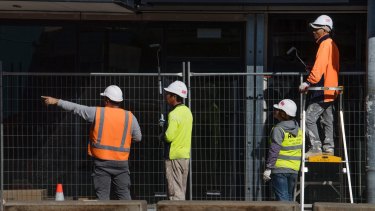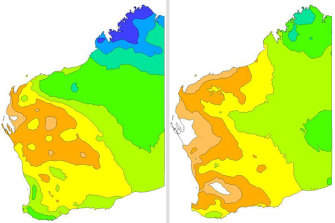Qld union officials who refused to leave M1 worksite taken to court
By Jocelyn Garcia
January 12, 2022 —
Two state representatives of the Construction, Forestry, Maritime and Energy Union will be taken to court over allegations they contravened entry requirements and did not comply with directions at a Queensland motorway worksite.
The Australian Building and Construction Commission has started court action against the union and its two representatives over incidents in April last year.

It is alleged the officials entered exclusion zones and refused to leave when told to.
In its statement of claim, the ABCC alleged officials Dean Rielly and Paul Fitzpatrick entered an M1 worksite on April 19 using a vehicle access point at Burleigh Heads, ignoring signs requiring all visitors to report to the main site office.
The officials were then alleged to have entered a cordoned-off exclusion zone where heavy machinery, including a crane, was in operation.
“Despite repeated directions to leave the high-risk area the officials refused to do so, placing themselves and workers at risk. As a result of their presence work had to be stopped,” an ABCC statement claimed.
“During his presence in the exclusion zone Mr Rielly was told words to the effect of: ‘We’re asking you not to go in the area … It’s dangerous for you to be in there. Don’t go in the area, it is unsafe, you’re unsupervised…’ ”
It was also believed Mr Rielly entered an exclusion zone at the site on April 23, ignored directions to leave and approached operating vehicles.
The ABCC alleged the CFMEU, Mr Rielly and Mr Fitzpatrick contravened the Fair Work Act by failing to comply with the site’s occupational health and safety requirements and acting in an improper manner, including by entering a designated exclusion zone and then refusing to move to a safe location.
The maximum penalty for each contravention of the Fair Work Act is $66,600 for a body corporate and $13,320 for an individual.
The ABCC sought personal payment orders against Mr Rielly and Mr Fitzpatrick.














/cdn.vox-cdn.com/uploads/chorus_image/image/70381621/GettyImages_87186098_scaled.0.jpg)